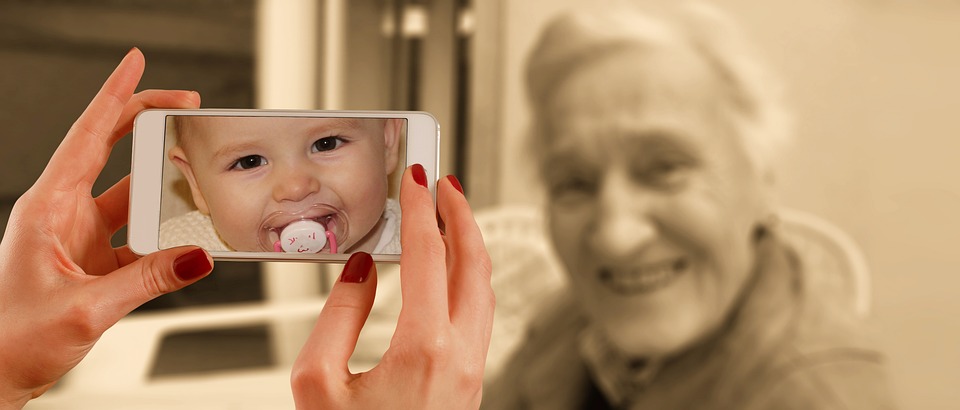In the evolving landscape of work, the advent of mixed reality (MR) technologies stands out as a transformative force. By blending digital content with the real world, MR has the potential to redefine how teams collaborate, communicate, and innovate. From remote meetings to interactive training sessions, mixed reality is not just a tool but a bridge between physical and virtual realities that fosters cooperative problem-solving and creative engagement.
What is Mixed Reality?
Mixed reality combines elements of both augmented reality (AR) and virtual reality (VR). While AR overlays digital information onto the real world, and VR immerses users in a fully digital environment, mixed reality merges the two, allowing for interactive and dynamic experiences where physical and digital objects coexist and can interact in real-time.
This technology is powered by innovations in hardware, such as Microsoft’s HoloLens and the Meta Quest, alongside sophisticated software that enables complex interactions within virtual environments.
Enhancing Collaborative Workspaces
1. Dynamic Virtual Meeting Rooms
One of the most immediate applications of mixed reality is in virtual meeting spaces. Rather than relying solely on video calls, team members can enter a shared virtual workspace where they can manipulate 3D models, view data visualizations, or collaborate on projects as if they were in the same physical location. This enhances engagement and encourages a more interactive exchange of ideas.
2. Improved Visualization Tools
In industries such as architecture, engineering, and design, visualizing concepts can be challenging through 2D renderings. MR allows teams to project 3D models into their real environments, making it easier to evaluate designs, suggest modifications, and facilitate design reviews. Architects can walk clients through their designs in situ, allowing for immediate feedback and more informed decision-making.
3. Seamless Remote Collaboration
With the rise of remote work, mixed reality provides a solution to the disconnect sometimes felt by dispersed teams. MR platforms allow remote workers to interact with their physically present colleagues through holograms, creating a sense of presence that is often missing in traditional video conferencing. Team members can collaborate in real time, viewing and discussing digital content as if they were in the same room.
4. Interactive Training and Onboarding
Mixed reality offers innovative approaches to training and onboarding new employees. Through immersive simulations, trainees can engage in hands-on experiences without the risks associated with real-world practice. For instance, medical professionals can practice surgeries in a simulated environment, or factory workers can familiarize themselves with machinery configurations without the potential for accidents. This ensures a deeper understanding of complex procedures and processes.
Overcoming Challenges
While the benefits of mixed reality in enhancing collaboration are clear, there are challenges that organizations must address. The cost of MR technology can be a barrier to entry, and companies must also invest in training to ensure employees are comfortable and proficient with these new tools. Moreover, ensuring cybersecurity in mixed reality environments is vital to protect sensitive information.
The Future of Collaboration
As technology advances, the potential for mixed reality to foster collaboration will only grow. Future developments may lead to more intuitive interfaces, improved hardware, and expanded applications across different industries. As businesses continue to explore the capabilities of MR, the emphasis will increasingly be on creating inclusive experiences that engage diverse teams and boost productivity.
Conclusion
Mixed reality represents an exciting frontier for collaboration, providing innovative solutions that can enhance communication, creativity, and problem-solving in the workplace. By bridging the gap between the physical and digital realms, mixed reality is not just changing how we work but also how we fundamentally connect with one another. Embracing these technologies can empower teams to collaborate more effectively, driving innovation and success in an increasingly complex world.



